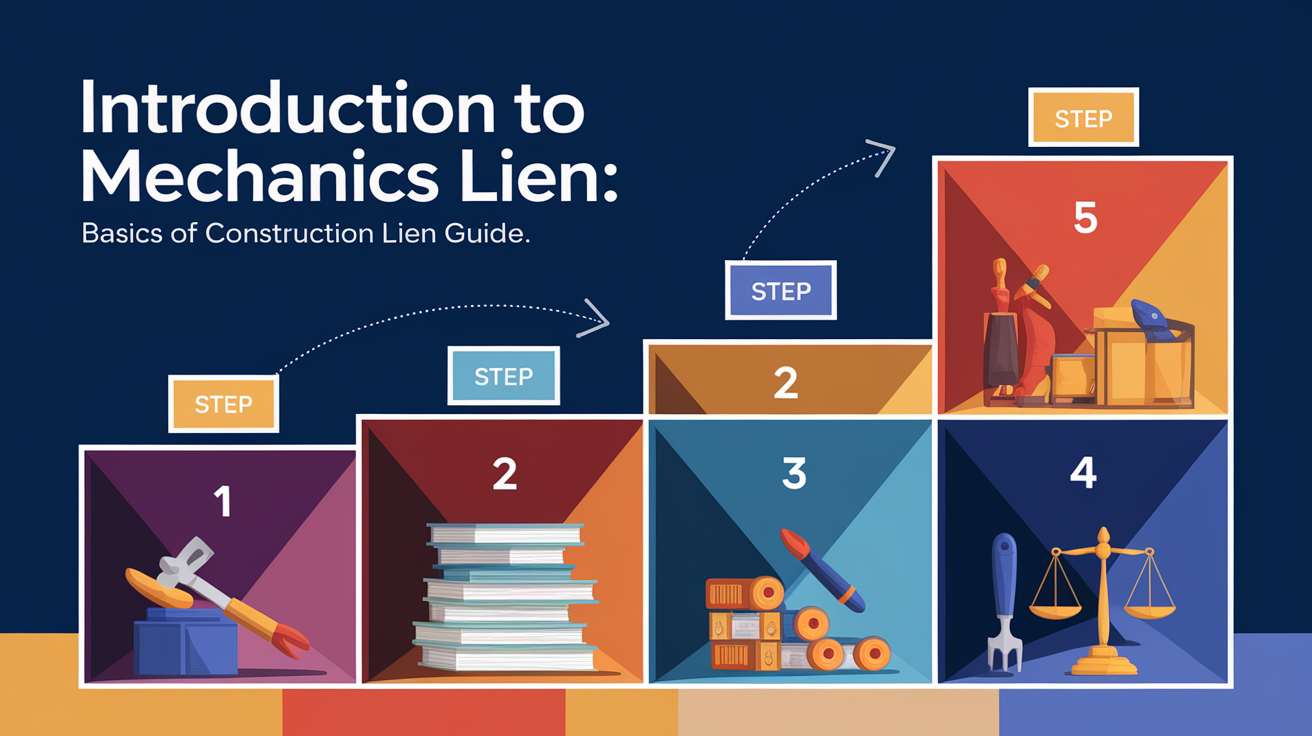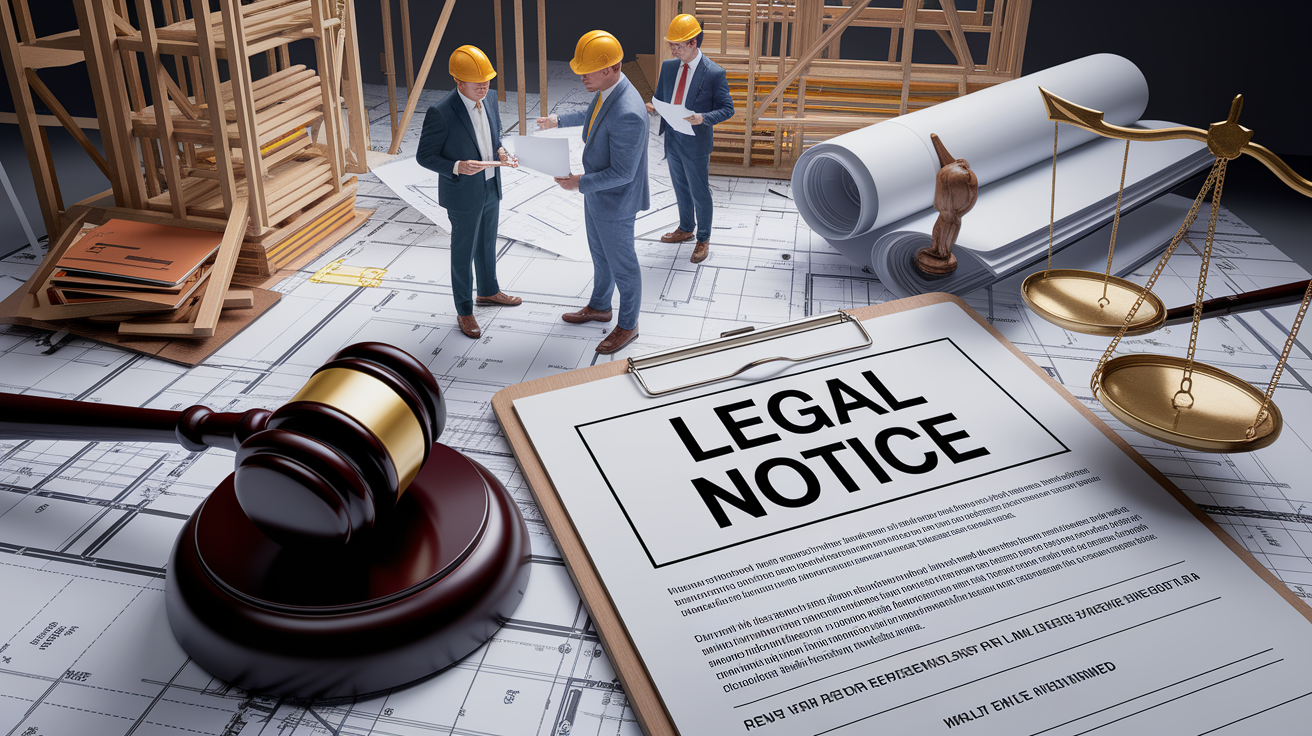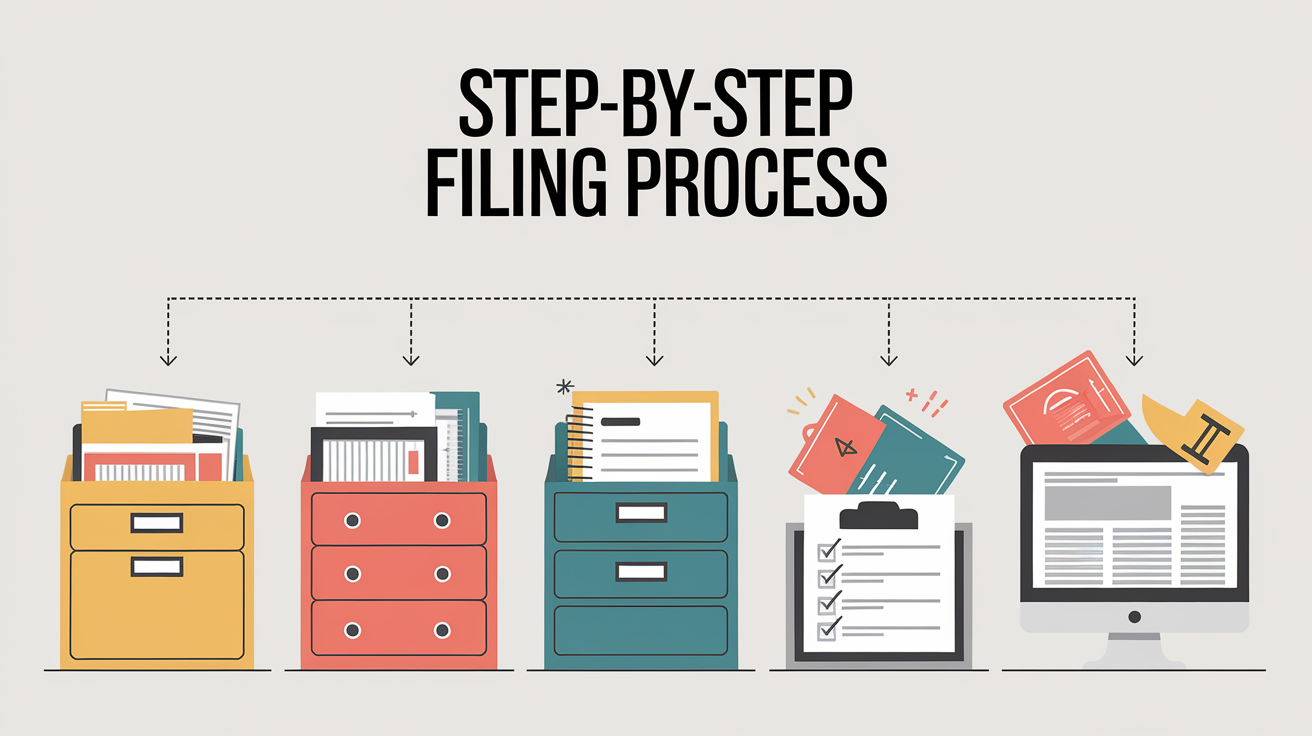Introduction to mechanics-lien-basics-construction-lien-guide
Facing a mechanics lien can feel like standing at the bottom of a mountain without climbing gear — overwhelming, intimidating, and uncertain where to start. But with guidance, each step becomes manageable.

At its core, a mechanics lien—sometimes called a construction lien—gives those who provide labor or materials for a construction project a legal claim against the improved property if they are not paid. Think of it as a safety net in the construction industry: a way to secure payment when other methods fail. These liens “run with the property,” meaning they can stay attached even when ownership changes.
You might wonder: why does the law allow this? The answer lies in payment protection. Unlike a simple handshake deal, a lien is a statutory right designed to balance the interests of contractors, subcontractors, suppliers, and property owners. Without lien rights, many would find themselves powerless in the face of nonpayment.
Pre-Lien Requirements and Notices
Preparation is everything. In lien law, there’s often no second chance to meet your deadlines or send the right notices. Missing a step could mean losing your payment remedy entirely.
Before filing, most states require a “preliminary notice” or “notice to owner.” This is a formal letter telling the property owner and sometimes the general contractor that you’re involved in the project and might later assert lien rights. It’s not a threat—it’s a safeguard.

Depending on your jurisdiction, these pre-lien requirements vary. For example, some states demand that you send a preliminary notice within 20 or 30 days of first supplying labor or materials. You can think of this as reserving your place in line for payment.
- Preliminary Notice: A written statement that preserves your right to file a lien later.
- Lien Waivers: Documents that waive lien rights, often used in exchange for payment. Use with caution—signing too soon may end your ability to file.
- Documentation: Keep meticulous records: invoices, delivery receipts, contracts, and correspondence.
For more details on who can file and what they must do before filing, see the construction lien overview.
Step-by-Step Filing Process
So, how do you actually file a mechanics lien? The process can seem like threading a needle while riding a moving train—precision and timing are everything.

- Confirm Eligibility: Make sure you qualify under your state’s lien laws—usually contractors, subcontractors, laborers, and suppliers are eligible.
- Identify the Lien Deadline: This is the strict cutoff, often a certain number of days after work completion or last material delivery.
- Prepare the Lien Statement: Include all required details such as property description, amount owed, your role, and work performed.
- File the Lien: Submit it to the county recorder or land records office where the property is located. This officially encumbers the property’s title.
- Serve the Lien: Provide a copy to the property owner—and sometimes the prime contractor—within the timeline specified by your state law.
Remember: the lien is not a lawsuit. It’s a claim that sits on the property until resolved, potentially blocking its sale or refinancing. According to the California Contractors State License Board, failure to follow filing procedures accurately can void your lien altogether.
Enforcing and Resolving Liens
A filed lien is like a locked door. The key is either payment, legal enforcement, or formal release. But what if no one willingly hands over that key?
If the debt remains unpaid, lien enforcement may become necessary. This typically means initiating a foreclosure lawsuit within a set timeframe after filing, often between 90 days and one year depending on state law. This legal action asks the court to force the sale of the property to cover what you’re owed.
- Enforcement: File suit before the statutory deadline to keep your lien valid.
- Negotiation: Many liens are resolved through settlement; payment is made in exchange for a lien release.
- Lien Release: Once paid, you are generally required to record a release to clear the property’s title.
Property owners, on the other hand, may seek to remove a lien if it’s invalid. This could involve suing for wrongful lien or posting a payment bond—a sort of insurance policy that covers the disputed amount while clearing the title.
Benefits and Best Practices
Why take the time to understand and follow lien procedures? Because in the construction industry, they can be the difference between getting paid and writing off a loss.
Mechanics liens provide:
- Payment Security: They create a legal claim senior to many other debts.
- Negotiating Power: They encourage resolution, as they cloud the property’s title.
- Protection for All Levels: Both subcontractors and suppliers can use them when payment delays occur.
Best practices include:
- Send your preliminary notices on time—mark deadlines on a calendar the day work starts.
- Maintain clear, organized records for all labor, materials, and correspondence.
- Avoid signing unconditional lien waivers before payment clears.
- Consult an attorney when unsure about lien validity or enforcement strategy.
- Stay informed—lien laws differ widely by state and can change over time.
While the lien process may at first feel like a maze, each turn becomes clearer with guidance. With timely action, accurate documentation, and a solid understanding of the rules, you can use this tool effectively to safeguard your right to payment—and climb that mountain with confidence.







